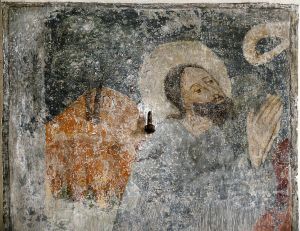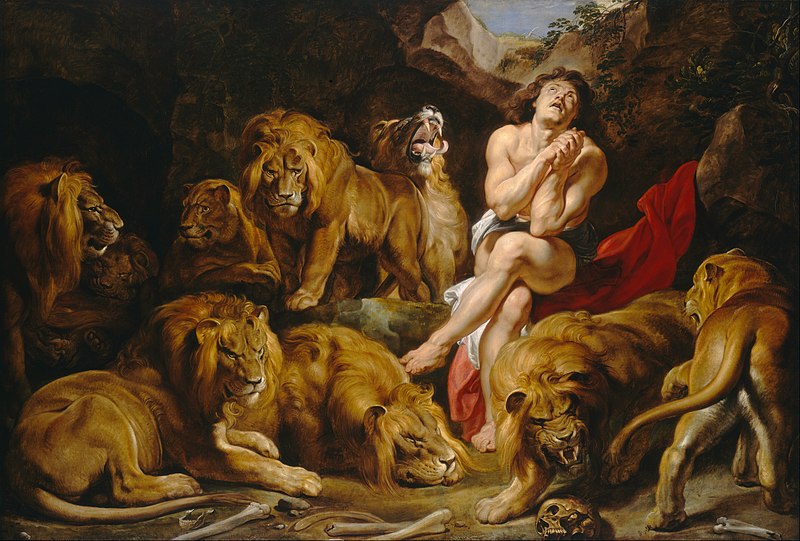In anticipation of the dual canonizations of Pope Saint John XXIII and Pope Saint John Paul II, I wanted to better understand the merits of the men whose heroic virtues the Catholic Church recognizes must be in heaven.
Contemporary memory of Pope John XXIII was that he was a portly septuagenarian Patriarch of Venice who was elected in 1958 to be a caretaker seat warmer on the Chair of Saint Peter. Yet “Papa Roncalli” audaciously called for what became the Second Vatican Council which brought the liturgy into the vernacular. “The Good Pope John” died after a pontificate of just over four years and one third of the way into Vatican II.
That thumbnail sketch of Pope John XXIII’s papacy is simplified but accurate. Yet it does not explain the apoplectic opposition from some traditional Catholics, who consider “Roncalli” an anti-pope. To better understand objections by radical traditionalist “Catholics”, I braved the fever swamps of internet intrigue, old school insider catholic baseball as well as historical peculiarities. I wanted to discern if their counter arguments were persuasive or held merit.
Those who are Sirianists strongly cling to an anomaly associated with the 1958 Conclave. The College of Cardinals were reduced to 51 electors as Pope Pius XII only held two Consistories (in 1945 and 1953) during his 19 year reign, and many of the participating Cardinals were quite elderly.
In fact two Cardinal electors died in the Interregnum prior to the Consistory so only 49 Cardinals participated. On the first evening of the Conclave, white smoke was reported coming from the Sistine Chapel indicating “Habemus Papem”. Even Vatican Radio announced: “The smoke is white… There is absolutely no doubt. A Pope has been elected.” However, no Pope appeared and after perhaps twenty minutes, the smoke changed to black.
 |
| Cardinal Giuseppe Siri, Archibishop of Milan |
Radical traditionalist postulate that Cardinal Giuseppe Siri, the Archbishop of Genoa and leading conservative papabili allegedly had been unanimously elected Pope and chosen the name Gregory XVII. However, they claim that while still in Conclave, Siri’s election was suppressed under duress by grey eminence Dean Cardinal Eugene Tisserant to prevent the assassinations of Iron Curtain Bishops. Some even believe that the Kremlin had imitated a nuclear threat on the Holy See. So Cardinal Siri supposedly said: “If you do not want me, then elect someone else”. This Siri election was supposedly corroborated by a CIA report, but the pages concerning the event have been lost. Curious that there is confirmation without credible corroboration.
After votes are tallied in a Conclave, an elected is asked if he accepts the election. If so, he is asked for his desired regnal name. At that point, he is Pope. So if the Siri Thesis has merit, the Archbishop of Genoa had accepted and given the name “Gregory XVII”.
Afterwards, the vote was suppressed with threats. Yet according to the 1917 Code of Canon Law, Canon 187: “Resignation made out of grave fear that is inflicted unjustly or out of malice, substantial error, or simony is invalid by the law itself.” Hence, Siri was the legitimate pope who was prevented from taking his place– Sede Impeditists– and the succeeding popes were anti-popes,. The 1958 Conclave remained deadlocked for two more days. Since Conclave proceedings are secret, conspiracy theorists string together conjecture with fragments of “facts”.
According to the intrigue, Cardinal Federico Tedeschini, an 85 year old curial cardinal, was elected as a “transitional pope” but his acceptance was immediately quashed with threats. Eventually, another transitional pope was sought, but bitter radical traditionalists bemoan that another compromise candidate the Patriarch of Venice Cardinal Angelo Roncalli, an alleged free mason, was elected Pope John XXIII on the eleventh ballot, facilitated by B’nai B’rith (Jewsish Masonic) alleged collaborator Cardinal Tisserant. Some Sede Impeditists allege that a cabal of free mason cardinals which planned a “satanic coup d’etat” to install Roncalli as the 262nd Supreme Pontiff.
[***]
As a historian, the 1958 Conclave had some interesting elements which makes one wonder. The 49 electors, with many being curial lends credence to some “palace intrigue”. Furthermore, the initial puffs of white smoke combined with confusion in the Sede Vacante Vatican on the first day of the 1958 Conclave was interesting, but inconclusive. Allegations of a fifth column or satanic coup d’etat seem like fantastic filaments in a rad/trad yarn.
[***]
Most of the radical traditional condemnations of Pope John XXIII’s reign attribute elements of change in practice (but not in doctrine) which they can not reconcile. The outreach to the Jews and the Orthodox seem anathematic to people who believe in Catholic supremacy. These radical traditionals would bristle at altering a jot or tittle of Pope St. Pius V’s one true Tridentine Missal from 1570 and would scoff at the People of God worshiping in the vernacular as they should be saying Mass in the Lord’s language of Latin (sic).
[***]
Siri intimates that he was twice elected Pope, in 1963 which he refused and for the second 1978 Conclave, which Siri supposedly was obliged to refuse to prevent a schism. Thus the source claims that Pope Paul VI and Pope St. John Paul II were anti-popes. If we choose to believe former Jesuit novelist and biblical scholar Malachi Martin, Cardinal Siri was also elected in the first 1978 Conclave. Conservative Catholics claim that Siri was elected at four conclaves but never actually assumed the Chair of St. Peter.
This sort of claim is curious. Pro arguendo, taking Cardinal Siri’s alleged claims, at face value, then what happened to his 1958 election? Cardinal Siri supposedly did not care for Pope John XXIII and despised Pope Paul VI, yet he referred to them as pontiffs. Surely a conservative Cardinal could have applied Canon Law and either disputed their elections or he could have resigned so as not to be obliged to serve under anti-popes. Yet Cardinal Siri remained as Archbishop of Genoa until 1987.
[***]
Reading plethora of scant sources of radical traditionalists on the matter, it seems that they will seize upon anything to confirm their suspicions against Modernism, Free Masonry, Internationalism (the New World Order) and even more sinister conspiracies. The sketchy sourcing calls into question their conclusions, but their contention is that Free Masons also control messaging in the Church and secular sources would not contradict their corrupted Church conspirators.
I found several striking leitmotifs in the radical traditionalist critique of “The Good Pope John”. That very moniker originates from the world-wide affection for the portly pontiff, who was able to be companions to those on the margins. No where in their literature was any good perceived from (anti) Pope John XXIII’s reign. Perhaps this should not be a great surprise as most of them condemn all Popes from 1958 onward to be anti-popes.
[***]
After reading many radical traditional assessments of the Siri Thesis and conspiracies about (anti) Pope John XXIII sound like the fare common on Art Bell’s Coast to Coast AM, which Malachi Martin was a frequent guest. These challenges to Pope John XXIII parallel conservative critiques and rejection of Vatican II longing for the days of glory epitomized in the Tridentine Mass. So questioning the authenticity of Pope John XXIII’s election by the College of Cardinals conveniently vitiate any innovations of the Council and their successors without thinking themselves as schismatic. The shifting narratives of the Siri Thesis (if one believes various sources, being elected but impeded in 1958, 1963 and twice in 1978) along with the ad hominem attacks on Pope Paul VI and Pope John Paul II sound more like sour grapes than serious charges.
[***]
Understand that radical traditionalists object to the “aggornamento” (updating) which the Second Vatican Council brought to the Catholic Church which shifted control of the Vatican from a clubby curia and failed to treat the Church like a museum. Hence, attacking the Shepherd to takes them to that place discredits him while driving home their traditionalist message.
[***]
It would behoove believers to examine the heroic virtues of Pope St. John XXIII rather than delve into Sede Impeditist and Sede Vacante fever swamps. Or as Pope St. John XXIII put it: “The habit of thinking ill of everything and everyone is tiresome to our selves and to all around us.”
SEE MORE at DCBarroco.com






















